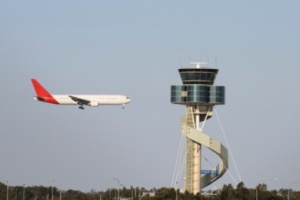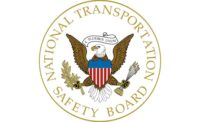 Airline passengers could get to use their cell phones and other portable electronic devices (PEDs) more while in flight, depending upon the results of a task force study on the issue.
Airline passengers could get to use their cell phones and other portable electronic devices (PEDs) more while in flight, depending upon the results of a task force study on the issue.
Government and industry experts including representatives from the mobile technology and aviation manufacturing industries, pilot and flight attendant groups, and airlines, held their first meeting last week to study PED use. The Federal Aviation Administration (FAA) formed the group to examine the current PED policies and procedures aircraft operators use to determine when these devices can be used safely during flight.
Current FAA regulations require an aircraft operator to determine that radio frequency interference from PEDs is not a flight safety risk before the operator authorizes them for use during certain phases of flight.
The group’s goal is to help operators decide if they can allow more widespread use of electronic devices in today’s aircraft and make sure tomorrow’s aircraft designs are protected from interference.
On August 28, the FAA asked for public input on the agency’s current PED policies, guidance and procedures for operators. During the first meeting, the government-industry group will review the public comments provided and use that information to help them examine a variety of issues, including the testing methods aircraft operators use to determine which new technologies passengers can safely use aboard aircraft and when they can use them. The group will also look at the establishment of technological standards associated with the use of PEDs during any phase of flight. The group will not consider the use of cell phones for voice communications during flight because the Federal Communications Commission (FCC) currently prohibits that use through its regulation of the radio spectrum.
The government–industry group, established through an Aviation Rulemaking Committee, will meet for six months and then present its recommendations to the FAA. It includes representatives from the mobile technology and aviation manufacturing industries, pilot and flight attendant groups, airlines, passenger associations, and other government agencies.
Click here to view the charter and roster.



